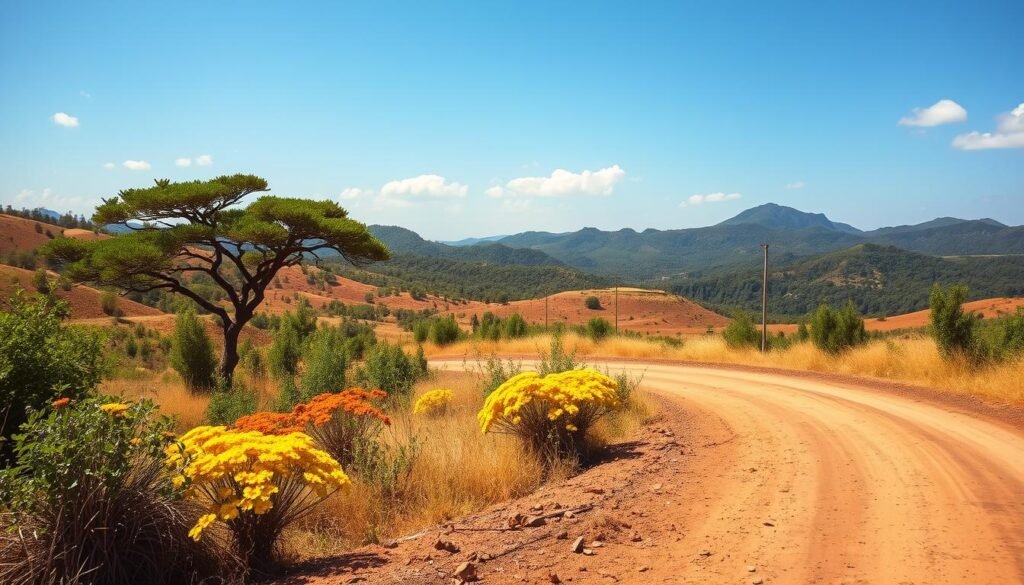Surprising fact: more than 25 microclimates shape this small country, so weather can change dramatically in a single day.
I write from experience: there is no single perfect month for every traveler. What matters most are your goals — beaches, wildlife, festivals, or value — and that choice shapes when you should plan your trip.
I’ll set clear expectations about weather and seasons. Many areas see their driest stretch from late December through April, but rain can still fall since much of the land is rainforest. Pack waterproofs and quick‑dry clothing.
January and February often bring steady sun and great wildlife viewing, yet peaks in demand drive higher prices and crowds. The green season from May to November gives lush landscapes, stronger rivers and fewer travelers, while the Caribbean side can flip the script in September and October.
Key Takeaways
- I explain how personal goals decide the ideal travel window.
- Expect sunny spells and sudden showers — microclimates matter.
- January–February is sunny but busy; shoulder months offer savings.
- The rainy season means greener scenery and fewer crowds.
- For detailed month-by-month notes, see this helpful guide: when to visit.
At a glance: my quick take on the best time to visit Costa Rica right now
I’ll give a compact snapshot so you can plan with confidence. If you want to visit costa rica, aim for dates that match your priorities: sun, wildlife, or savings.
My top pick is late January into early February. After the December rains the forests stay lush, beaches clear out, and coastal days are dry and bright.
- Smart alternative: book after January 5 when prices dip and crowds thin.
- Off-peak value: July–August gives lower rates, good wildlife, and strong rivers for activities.
- Caribbean perk: September–October can be drier on the Caribbean coast while the Pacific sees more rain.
- Quick rule: Pacific sun Jan–Mar; Caribbean sun Sep–Oct; green shoulders in May/June and November.
“Shift your dates by a few days and you can cut crowds and prices almost overnight without losing weather.”
| Window | Weather | Why choose it |
|---|---|---|
| Late Jan–Early Feb | Dry season coasts, lush forests | Sunny beach days, lighter crowds after holidays |
| July–August | Off‑peak, mixed showers | Value, wildlife, good river levels |
| Sep–Oct (Caribbean) | Drier on Caribbean, wet on Pacific | Stealth pick for beach seekers |
Seasons, regions, and weather patterns: how Costa Rica’s climate really works
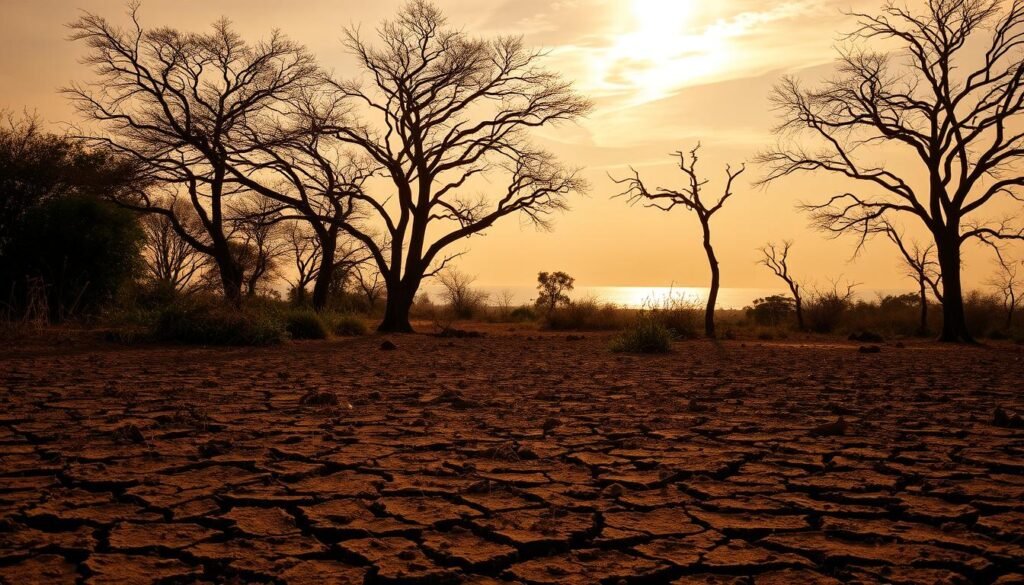
Weather here changes fast — one valley can be sunlit while another floods — so I focus on regions, not just dates.
Dry season runs broadly from late December through April. Those days are the sunniest for beaches, especially in Guanacaste along the pacific coast. If your trip is beach-first, this season gives the most reliable sunshine and warmer coastal months.
Rainy season lasts May through November and creates the green landscapes most visitors love. Showers favor afternoons and evenings, leaving clear mornings ideal for national parks and early hikes.
September–October flip
| September and October bring a dramatic switch: the pacific coast and central mountains get the heaviest rainfall, while the Caribbean side often enjoys a relative dry spell. That makes september october an unusual window for planning.You can learn more about best-national-parks-to-visit-in-the-us |
Microclimates that matter
San José and the Central Valley feel nearly springlike year-round. Cloud forests like Monteverde stay cool and misty. Manuel Antonio’s coast feels humid and warm. High peaks can even see frost.
| Region | Typical season pattern | What to expect |
|---|---|---|
| Guanacaste (NW) | Dry late Dec–Apr | Sunniest beaches, hot days, low rainfall |
| Central Valley / San José | Stable, mild year‑round | Springlike days, good base for excursions |
| Pacific & Southern (Osa) | Wet May–Nov; very wet Oct | Heavy rain in october; access issues possible |
| Caribbean (Limón) | Drier in sept–oct | Surprising dry spell when Pacific is wet |
Plan by region. Combine a Pacific beach stay with a cloud‑forest detour or a Caribbean add‑on when you want to hedge against unpredictable rainfall. Pack layers for cool highlands and light gear for beach months.
Best time of year to visit Costa Rica: month-by-month guide
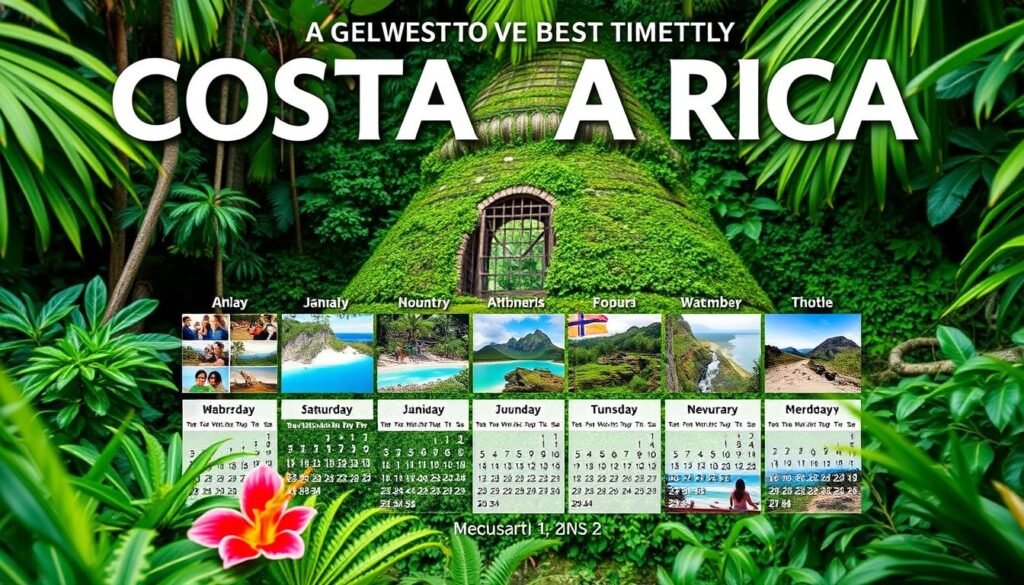
Here’s a month-by-month map that links seasons, wildlife, and crowds with clear travel tips.
January–February
Sunny days dominate after the wet season, making Pacific beaches ideal. I note that prices and crowds peak early in January but often ease after the holiday week. Forests stay lush and rivers still have flow—great for wildlife viewing.
March–April
Spring-break travel pushes demand higher. April can be the hottest month, with northwest rafting levels dropping. Plan beach mornings and shade in the afternoons.
May–June
The green season begins. Rain increases, but mornings are clear and rooms are cheaper. Sea turtles expand nesting on several beaches and national parks feel quieter.
July–August
This is my favorite off‑peak window. Showers often ease, rivers swell for rafting, and whales arrive in the southern gulf. Expect brighter mornings and fewer crowds.You can learn more about best-island-to-visit-in-hawaii
September–October
Two-track weather: the Pacific sees its heaviest rain while the Caribbean can be unusually dry. Big discounts appear, but rural access may be affected.
November–December
Early November still offers deals. By late December the holiday rush returns with higher rates and packed beaches. I suggest flexible plans and booking key activities early.
Costs, crowds, and booking strategy: how to time your trip for value
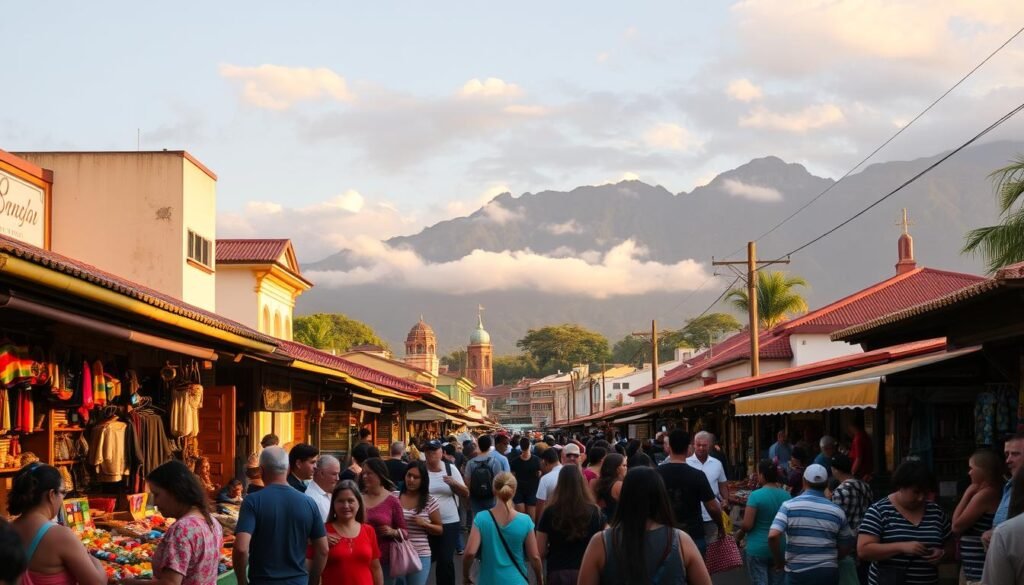
Peak holiday weeks can nearly double normal rates, making early decisions crucial. Christmas, New Year, and Easter drive the highest demand and often push prices to roughly twice the average.
I recommend booking festive season travel about 10–12 months ahead. Small boutique lodges in popular spots fill earliest.
Holiday peaks vs. shoulder months
Think in three cost tiers:
- Peak holiday weeks — top prices and packed crowds.
- Summer wave (July–August) — high demand, nearly as busy as winter.
- Shoulder months (May–June, Sept–Nov) — biggest discounts and flexible rates.
When to book flights and lodges
Set fare alerts 6–9 months out and lock flights early for July–August if those dates matter. Move your dates a few days away from holiday peaks and you can save a lot while keeping similar weather and daylight.
“Shift dates a few days and availability and cost often improve dramatically.”
| Tier | Months | What to expect |
|---|---|---|
| Peak | Dec holiday weeks, Easter | Highest prices; book ~10–12 months ahead |
| High summer | July–August | Strong demand; secure flights early |
| Shoulder | May–June, Sep–Nov | Lower prices; promos and flexible bookings |
My final tip: pick your must‑have place and then optimize lodging and flights around that anchor. Mix a premium beach stay with an inland eco‑lodge to balance cost and experiences, and reserve popular activities early—cloud‑forest walks and hot springs sell out during peak days.
Wildlife windows and natural spectacles by season
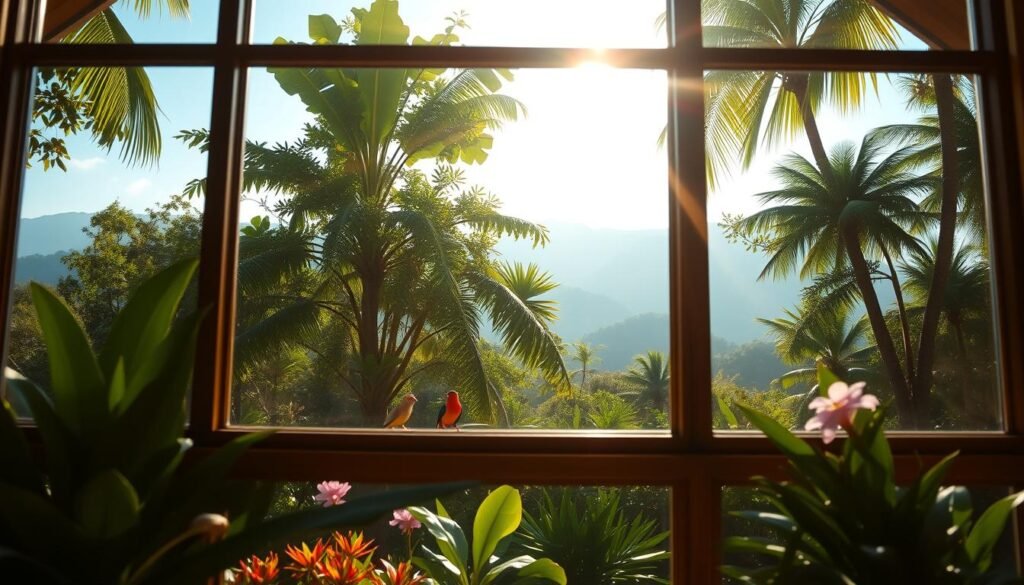
Wildlife peaks follow the seasons here; knowing when each spectacle occurs boosts your odds of seeing it.
Sea turtles at Tortuguero
Tortuguero National Park hosts huge green turtle rookeries. Guided night walks reveal nesting females while strict protocols protect the turtles and the beach.
I recommend booking a reputable guide and respecting lighting and distance rules during nesting nights. Many visitors see dozens of turtles in a single walk.
Humpback whales in the south
Antarctic humpback whales arrive in the warm waters of the Golfo Dulce. July–August brings high chances to see mothers and calves along the southern Pacific coast.
Quetzals and highland birds
Quetzal nesting starts around February in cloud forests like Monteverde. Early‑morning birding gives the best sightings of quetzals, migrant birds, and active monkeys and sloths.
Waterfalls and lush January sightings
Waterfalls roar at the end of the rainy season thanks to heavy rain, making places like Rio Celeste spectacular for photos.
After rains end in December, the new year stays lush and wildlife is active on clear days. Be flexible: tides, moon phase, and rainfall can change what you see, so plan early‑morning or dusk outings for cooler days and better wildlife viewing.
Festivals, culture, and harvests to plan around
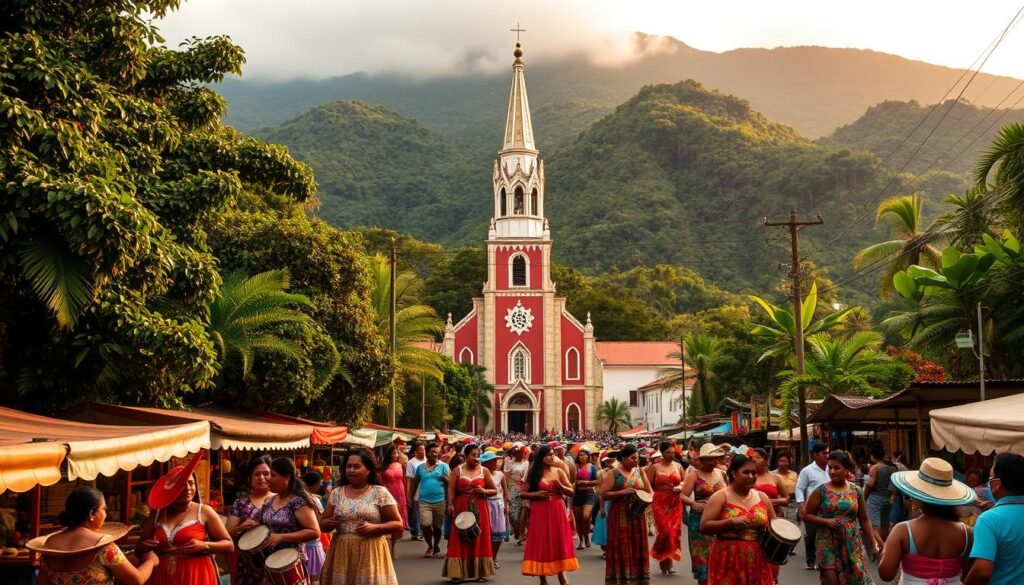
Local events bring music, food, and lively parades that can shape your schedule. I use festivals as anchors when I plan trips because they add memorable moments and authentic encounters.
National Orchid Show (Feb–Mar)
The National Orchid Show near San José showcases hundreds of species and conservation talks. It’s ideal for botanical photography and short garden visits.
Limón Festival & Culture Day (October)
Limón’s week‑long celebrations peak on Culture Day (Oct 12) with drumming, parades, and Afro‑Caribbean food. October often brings drier spells on the Caribbean coast, which helps outdoor parades.
Coffee harvest and Frailes festival (Oct–Jan)
Coffee harvest starts as rains taper in Oct–Nov. The Frailes Coffee Harvest Festival in January features tastings, dances, and farm talks—great if you want a local food angle after a Central Valley stay.
San José’s Festival of Lights (December)
The Festival of Lights lights up the city on a Saturday in December with floats, music, and fireworks. Expect crowds and limited hotel availability—book early if you plan to attend.
Plan tips: combine cultural days with nearby nature—pair the orchid show with Central Valley gardens or Limón’s festival with Tortuguero trips. I also recommend leaving festival days flexible since performances often run late.
| Event | When | Why go |
|---|---|---|
| National Orchid Show | Late Feb–Early Mar | Orchid displays, conservation talks, photography |
| Limón Festival | October (Culture Day Oct 12) | Parades, Afro‑Caribbean food, lower Caribbean rain |
| Coffee Harvest / Frailes | Oct–Nov harvest; Frailes festival in Jan | Tastings, dances, farm visits |
| Festival of Lights | Second Saturday in Dec | City parades, lights, fireworks—holiday atmosphere |
For a curated festival list and logistics, see this helpful guide: festival guide. I often check event dates early and reserve lodging when festivals align with my plans to visit costa rica or to visit costa.
Match your trip goals to the right month and place
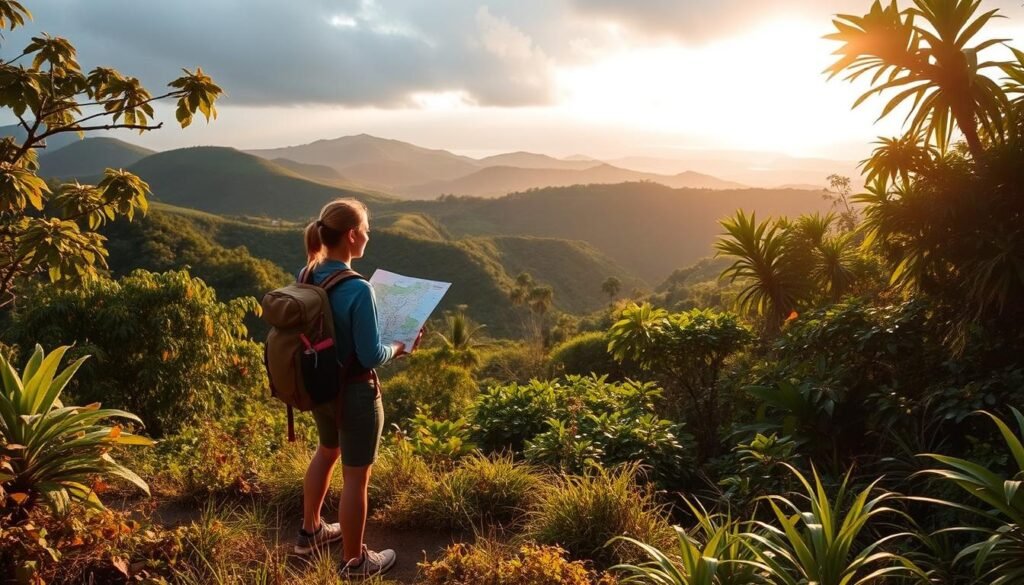
Pin your must-have experience first, then pick months and regions that stack the odds in your favor. That focus keeps planning simple and lets you aim for clear wins: sunny beaches, jungle hikes, or low rates.
Beaches and sunshine: Guanacaste and the northwest in Jan–Mar
I send beach lovers to Guanacaste and the northwest for January through March. The dry season brings long sunny days, warm sea, and easier driving along the pacific coast.
Those months give the steadiest beach weather and smooth road access for island and surf day trips.
Rainforest adventures and national parks: Arenal, Monteverde, Manuel Antonio
For rainforest hikes and wildlife, I recommend Arenal, Monteverde, and Manuel Antonio. Mornings are often clear even in the green season, so start early for birding and trails.
Hot springs, canopy walks, and coastal reserves pair well across these sites. Reserve key eco‑lodges early if your dates hit peak demand.
Budget-friendly escapes: May/June and Sept–Nov shoulder and green season
Want lower rates? Aim for May/June or September–November. These shoulder months give the biggest discounts, lush scenery, and fewer crowds during the afternoons when showers arrive.
- July–August works well for families and active travelers—good river levels and lively wildlife with reduced crowds.
- Shift to the Caribbean in Sept–Oct for drier beach days if the Pacific is wet.
- Mix coasts to weather‑hedge: start on the Pacific, then swap to Limón if forecasts change.
Early mornings in national parks dodge afternoon rainfall and give emptier trails. For route ideas, try Guanacaste + Monteverde in Jan–Mar, Arenal + Manuel Antonio in spring, or Limón + Tortuguero in September–October.
For a compact reference on when to plan specific months, see this when to visit guide.
Conclusion
Let me summarize the practical rules I use when planning around weather, wildlife, and crowds. There’s truly no bad month to go; your goals—beaches, wildlife, festivals, or value—decide the ideal window. Use this guide to pick the time visit costa that matches your priorities and the best time for the activities you want.
Big patterns help: Pacific sun in Jan–Mar, Caribbean clarity in Sep–Oct, and green, budget‑friendly shoulder months with clear mornings and afternoon showers. Book holiday weeks early or shift dates by a few days to cut prices and avoid heavy crowds.
Work with microclimates: pair regions, start early for outdoor days, and stay flexible if forecasts shift. I recommend these simple rules and the month‑by‑month notes here to lock in great weather, wildlife sightings, and fair prices for your costa rica travel plans.


